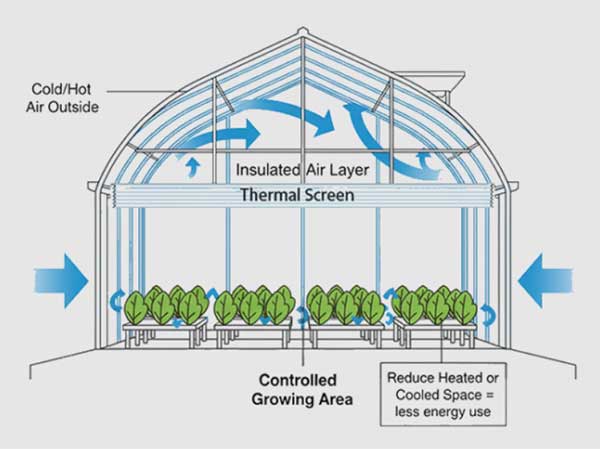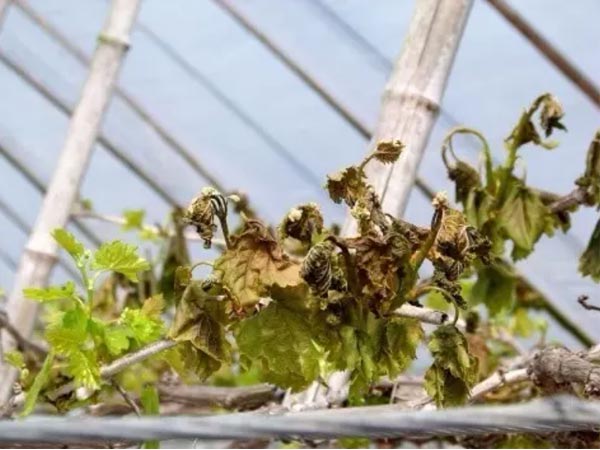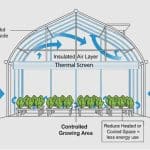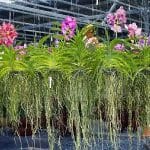Energy prices keep climbing, and sustainability is now the norm. As a result, more growers are looking for ways to heat a greenhouse without electricity—or with very little power. For home and small‑scale setups, that means lower winter bills. For larger commercial establishments, it means tighter cost control during cold months and steadier output when the grid is unreliable.
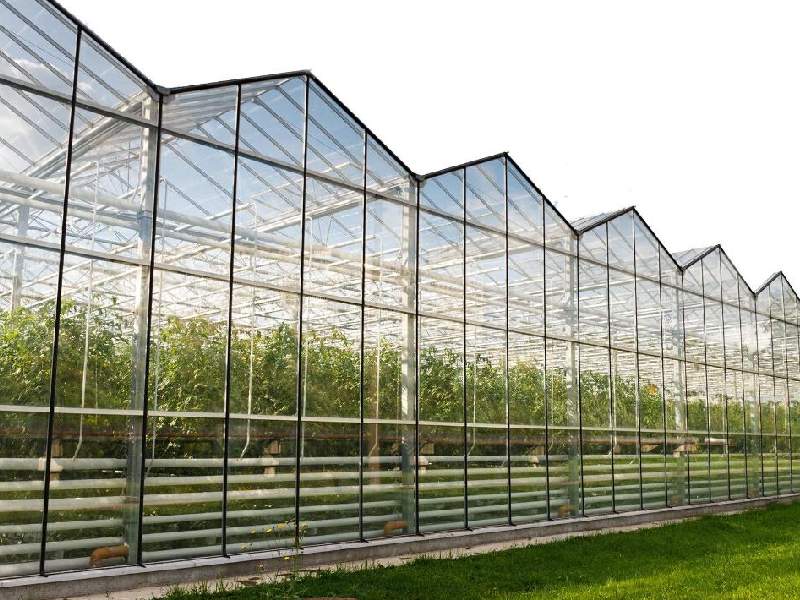
Related Reading: 16 Ways to Keep Your Greenhouse Warm in Winter
At INSONGREEN, a modern greenhouse design-and-build firm, we constantly hear one request from clients when winter is coming: “Help us cut energy use any way you can.” In response, we created this guide to share our ideas on low-energy greenhouse heating solutions for winter and cold climates.
For Home-Scale Greenhouses: Low-Cost, DIY Options
If you’re a home greenhouse owner who’s excited about year-round growing but concerned about winter heating costs and equipment complexity, you’re facing the same challenge as thousands of other small growers. To save on energy operating costs, you have several options here.
1. Maximize Solar Gain
Without electric heat, the sun is your best heater. Keep glazing clean and clear to maximize light transmission. In winter, orient the greenhouse to true south. Reverse this in the Southern Hemisphere. Longer sun hours store more daytime heat. That stored heat will smooth night temperatures on cold nights.
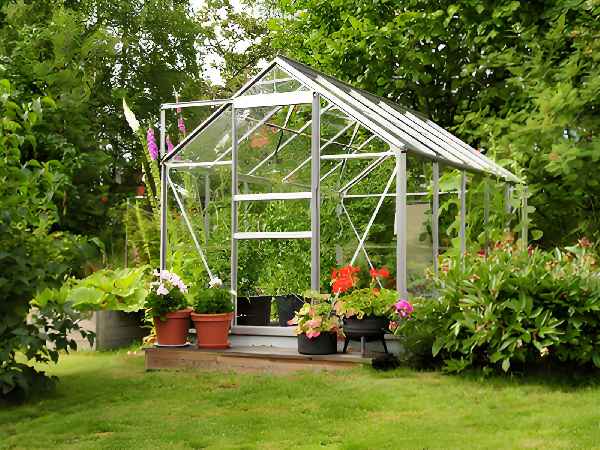
2. Insulation and Heat Retention
Once you capture daytime heat, the key is keeping it inside. For small greenhouses, add a thermal barrier. Hang bubble wrap on the inner walls. At night, cover the outside with foam boards, old blankets, or thermal blankets to cut heat loss. You can also stack straw bales or wood planks around the greenhouse perimeter. This creates a natural insulation layer. These simple steps often save several degrees on cold nights—critical for plant survival and growth.
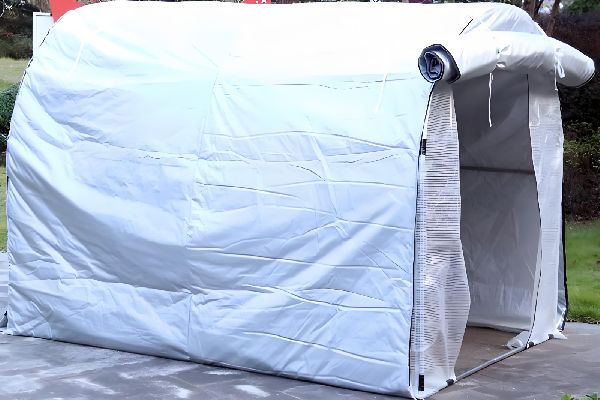
3. Windbreaks and Shelter
Cold winds quickly steal heat from greenhouses. Reduce heat loss with external protection. Plant trees or shrubs around the greenhouse. Build fences or barriers as windbreaks. This cuts wind speed and heat loss. These windbreaks protect your greenhouse and improve the microclimate for more stable growing conditions.
4. Compost and Bio-Heating
Compost provides organic fertilizer and releases heat during decomposition—a natural “furnace” for small greenhouses. Set up a compost pile in one corner or layer manure and straw under plant beds. These organic materials release steady heat on cold nights, creating a warmer environment for plants.
This method is simple, nearly free, and improves soil structure—a win-win. Keep compost moist and well-ventilated to avoid odors and disease.
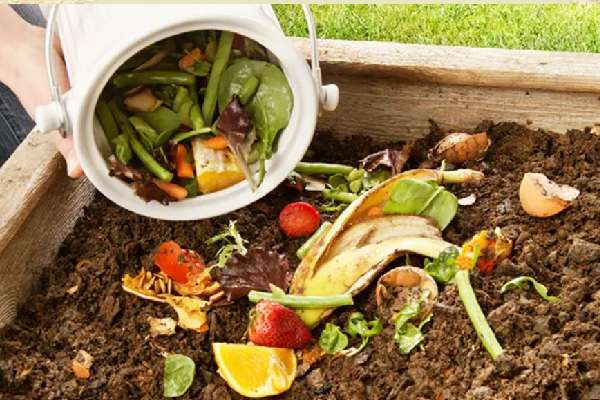
5. Thermal Mass Method
Thermal mass works simply: use materials that absorb heat quickly and release it slowly. This helps maintain more stable greenhouse temperatures between day and night. Place large black water barrels or containers inside the greenhouse. They absorb solar energy by day and release heat at night, slowing temperature drops. Rocks and bricks work similarly. Build them into greenhouse foundations or walls to create a “heat bank.” This won’t raise temperatures instantly, but it smooths temperature swings—especially helpful for seedlings and cold-sensitive crops.
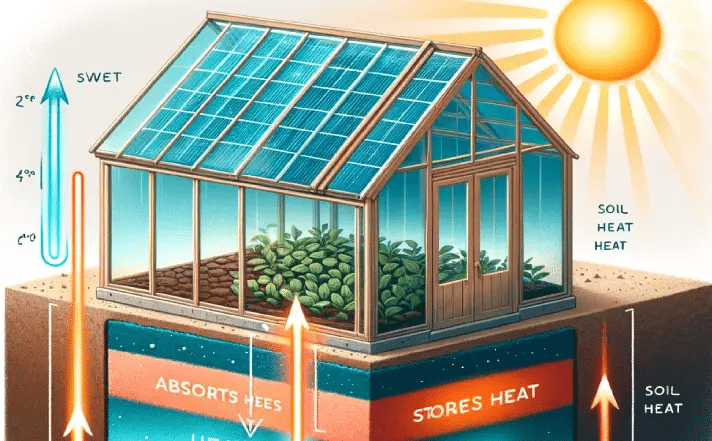
6. Animal Heat Source
Animals are natural “mobile heaters.” Keep a few rabbits or chickens in one corner of the greenhouse. Their body heat and breathing provide extra warmth at night, helping stabilize the indoor environment. This approach is economical and practical, and it also offers additional benefits, such as eggs and fertilizer.
Keep the greenhouse well-ventilated and clean. Poor ventilation can lead to excessive humidity and disease, which is detrimental to both plants and animals.
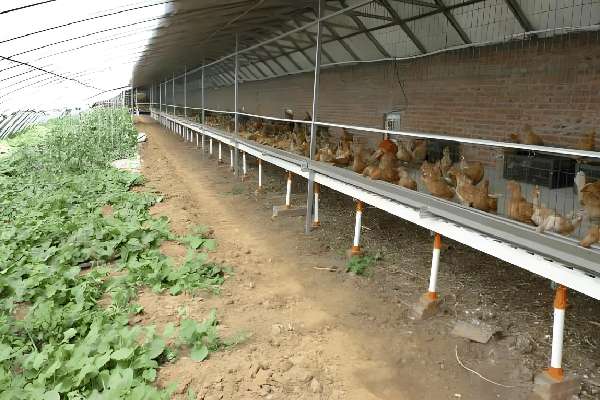
For Large-Scale Greenhouses: Systematic, Long-Term Solutions
If you’re managing a large-scale commercial greenhouse operation, you know that heating costs can make or break your profitability—especially during long, cold winters. With energy prices rising and sustainability becoming a business requirement, you need heating solutions that work reliably without depending on expensive grid electricity.
So how do you achieve greenhouse energy savings during winter? Here are some proven methods currently popular in the industry.
1. Geothermal and Ground Temperature Use
For commercial greenhouses, geothermal and underground temperatures provide a stable, sustainable source of natural heat. Soil temperature below ground stays relatively constant year-round—usually warmer than winter air temperatures. This makes “borrowing underground temperature” an effective approach.
Semi-underground greenhouses like Walipini are typical applications. This design digs 2-3 meters deep and covers the top with clear film. It uses the underground soil’s constant temperature plus solar heat for winter warmth and summer cooling.
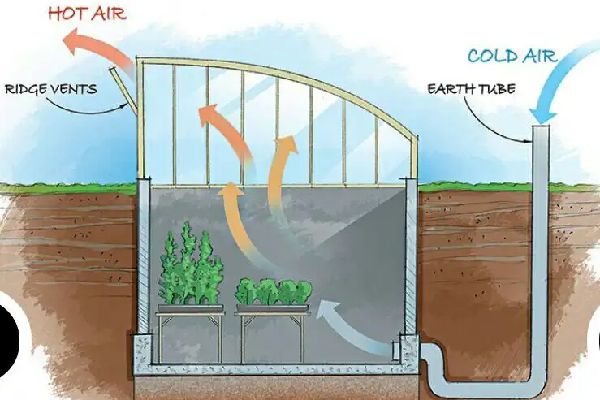
This concept applies to modern commercial greenhouse energy design. Large greenhouses can use a partial underground design to tap soil temperature stability, plus underground heat exchange pipes. Daytime hot air stores in greenhouse soil and water, then releases slowly at night—heating the greenhouse without electricity in winter.
These solutions require higher upfront investment. Construction needs extra excavation, wall reinforcement, and drainage design. Once built, they run with almost no extra energy, significantly cutting long-term energy costs—perfect for sustainable, long-return commercial growing projects.
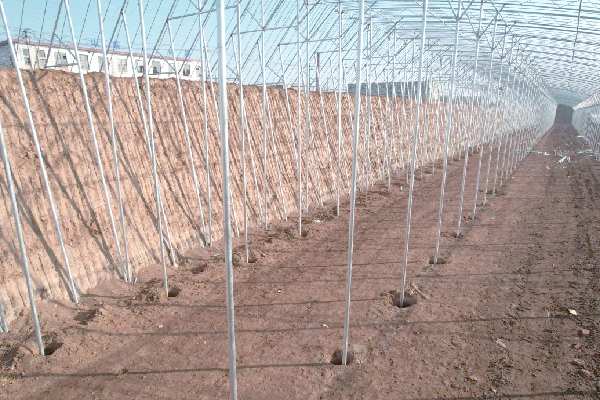
2. Biomass Energy
This is essentially the commercial-scale version of home compost heating. Without electricity, biomass energy is a common, reliable heating method for commercial greenhouses.
The principle utilizes common farm byproducts—such as wood chips, straw, corn cobs, and livestock manure—by burning or composting them to generate heat for greenhouse use. The most common approach is installing biomass boilers that provide even heating through hot water circulation or hot air systems. Another method combines compost piles with greenhouses, releasing steady heat during decomposition for stable plant environments.
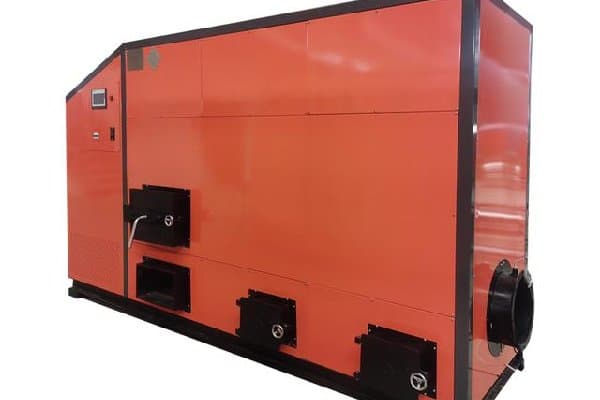
For commercial greenhouses, biomass energy offers wide, low-cost feedstock sources—especially in areas rich in agricultural waste. It’s also renewable, fitting sustainability goals. These systems need upfront investment in boiler equipment, piping, and safety emission systems. Maintenance is crucial—regular feedstock supply and stable combustion processes ensure even greenhouse temperatures. Overall, biomass energy offers moderate investment, low operating costs, and eco-friendly heating—suitable for long-term use in mid- to large-scale greenhouses.
3. Solar Thermal Systems
Solar energy provides more than light—it can convert to heat through collection devices, offering stable heating support for commercial greenhouses. Common approaches include installing solar water heaters or collectors that heat water or air during the day, storing it in water tanks, rock beds, or phase change materials (PCM), then releasing heat gradually at night to maintain greenhouse temperatures. These systems work especially well in sunny regions, significantly reducing dependence on traditional energy sources.
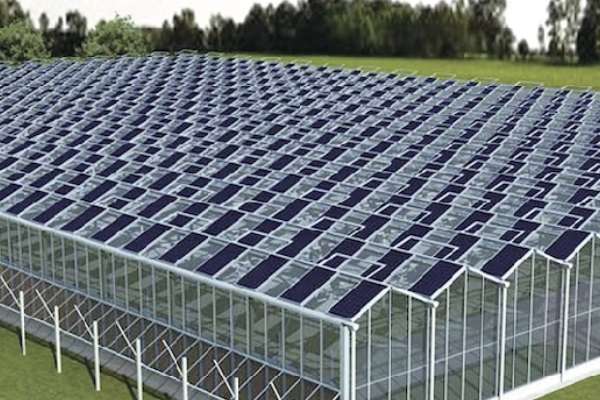
Note: This method isn’t strictly zero-electricity. In most real-world applications from our clients, solar thermal systems typically need small pumps to circulate water or air. However, compared to traditional electric heating, energy consumption is significantly lower and utilizes clean, renewable energy. From energy-saving and sustainability perspectives, this remains an important option for low-energy operations.
4. Structural and Material Optimization
Beyond external heat sources, greenhouse structure and glazing material design largely determine heat retention effectiveness. Common approaches include using double glazing or polycarbonate panels—their insulation performance exceeds single-layer film, reducing nighttime heat loss. Meanwhile, installing retractable thermal screens or night blankets on greenhouse roofs and side walls collects sufficient light by day, then closes at night to minimize heat loss.
Don’t Miss: Best Greenhouse Material & Design for Cold Winter
You can also optimize greenhouse orientation based on winter sun paths.
For example, in northern China, common “Chinese-style greenhouses” often feature double-layer, south-facing designs with interior and exterior curtain systems plus external thermal blankets to maximize winter light utilization and enhance insulation. Reverse this in southern regions.
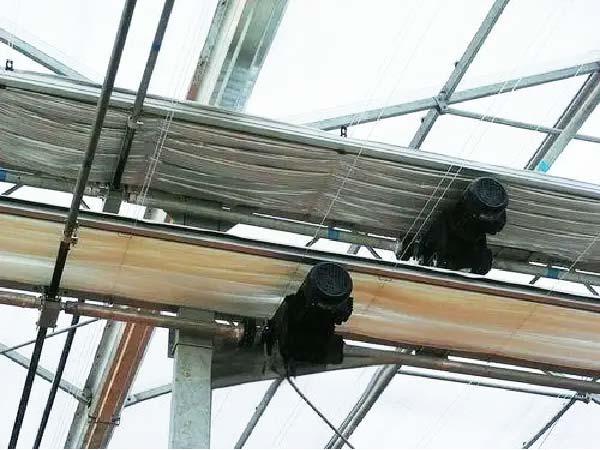
This method also isn’t strictly zero-electricity. If using motor-driven automatic screen systems, some electrical support is needed. However, in real-world applications, this energy consumption is nearly negligible. Based on countless client case studies, we’ve found that optimizing structure and materials significantly reduces heating demand and cuts overall greenhouse operating costs—making it a priority measure worth considering.
Conclusion
Whether you run small, medium, or large greenhouses, keeping them warm without electricity relies on two core strategies: “reduce heat loss” and “add heat sources.” The ten methods we’ve covered include some that achieve true “zero-electricity operation” and others that need minimal electrical support—but all represent important steps toward energy savings and sustainability.
As energy prices continue to rise and sustainable agriculture advances, the challenge of heating a greenhouse without electricity while maintaining efficient operations has become a global concern for growers. As a supplier focused on modern greenhouse design and construction, INSONGREEN continues to provide customized solutions for different-scale growing projects, helping you control costs while ensuring stable, long-term greenhouse production success.

